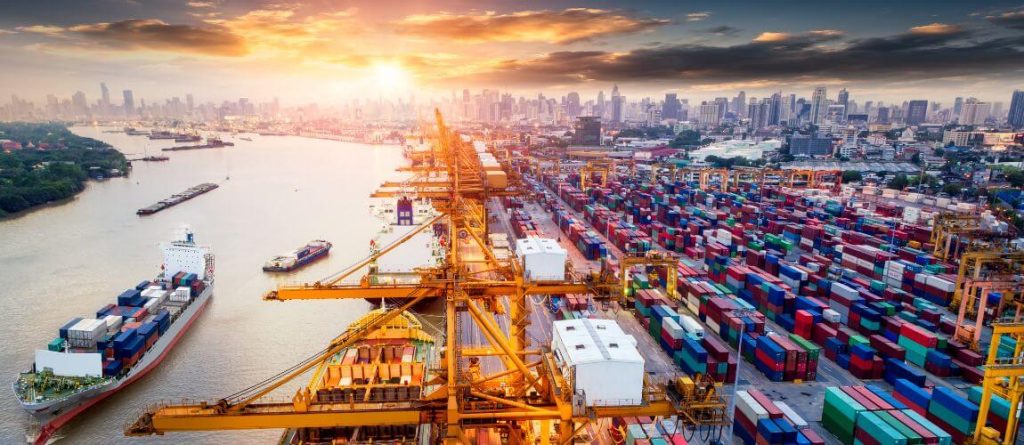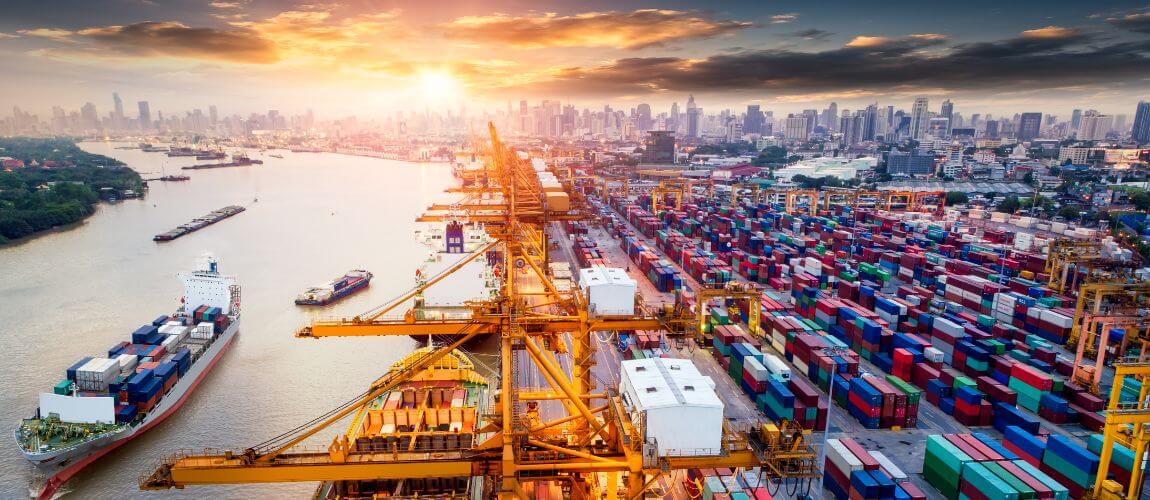
Extreme weather is prevalent throughout the winter season, and a major storm can take out even the biggest cargo ship. Many modern ships are engineered to withstand extreme weather while remaining on schedule. Storms that develop into hurricanes, cyclones, or typhoons, on the other hand, pose a significant threat to ships. However, these are occasionally inescapable aspects of maritime life. In this blog post, I’ll share my understanding of how extreme weather affects cargo ships and port operations.
Four approaches for shippers to get ready for extreme weather events.
1)Situational awareness:
Understanding the influence of weather events on logistics operations can lead to significant long-term benefits.
The first step toward situational awareness is understanding where your freight is.
Is it in Extreme weather transportation? If so, you’ll want information on its exact location. At ENERGY, we utilize Macro point to deliver immediate information on the whereabouts of our client’s cargo.
If you can’t get your cargo out, your only alternative is waiting out the weather. If you live in a location prone to storms or storms, fill your vehicles with mass and park them close enough.
The closer your trailers are parked together during a strong wind storm, the less area of land the wind has to work on, reducing the potential damage.
2) Go multimodal
Being able to transfer your Extreme weather transportation to another mode of transport can be a lifeline for your logistics supply chain, but it is not always possible. Knowing the weather event will enable you to make sound decisions. If there are floods, rail, and road transportation connections can wash out, but flying may remain
Air travel is significantly more costly, and if everyone is on the same plan, airports may become congested, eliminating that option from your strategy.
Depending on the weather, practically all modes of transportation may be disrupted. In such instances, you should ensure that your vehicles and reefer units are fully fueled to prevent spoilage and provide drivers the freedom to explore alternative routes.
In addition to fueling your equipment, you must ensure that your drivers have everything they need.
Drivers should have plenty of bottled water, non-perishable food, flashlights, rain gear, and additional batteries to get by until the weather improves.
Estimate for extra expenses.
Changing means of transportation and/or keeping items in warehouses for longer than intended will result in greater expenses.
Having enough cash on hand, as well as administrative processes in place to quickly authorize fund allocations, will help you to be a quicker and more flexible exporter during severe weather situations.
• Severe winds pose a risk to crane workers and cargo, perhaps causing containers to drop and damage other equipment. Wind can destabilize hoisted containers, making crane operation harder. Cranes operations should be discontinued when wind gusts surpass 30 MPH, and if gusts exceed 40 MPH, the crane should be decommissioned.
• Extreme weather transportation can cause condensation inside shipping containers, hurting perishable commodities. Sensitive cargo is susceptible to deterioration, especially in warm conditions. Mapping temperature fluctuations is critical for prioritizing loads for timely transportation, and avoiding damage and delays.
• Poor vision due to fog, rainfall, snow, and snow can hinder cargo transfer and worker safety. Personnel and shift work is best scheduled during excellent weather conditions to reduce waste and improve safety.
• Storms and lightning can hinder port operations, cause unpredictability, and create a hazardous place to work. It is critical to manage the cranes during lightning strikes, particularly when they are within 10 miles. Snow adds another layer of Extreme weather transportation complexity, requiring the involvement of removal contractors to maintain safe working conditions.

 07424380227
07424380227